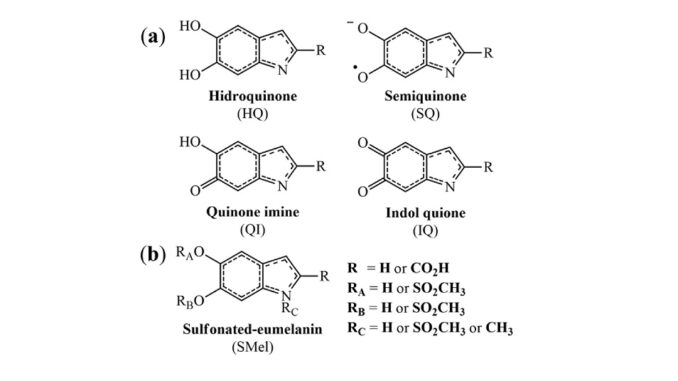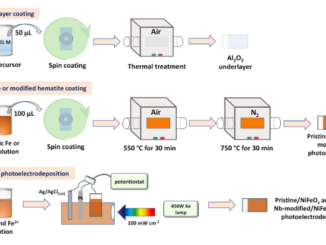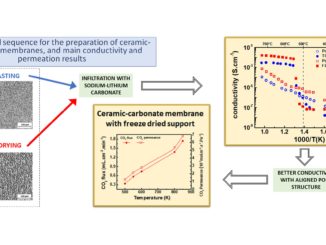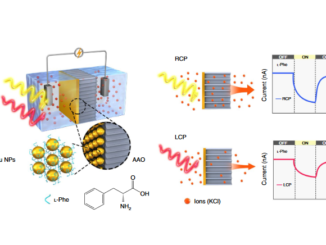
Eumelanin-based multisensory platform: A case of study for photolithographic patterning
Abstract: Eumelanin, the most abundant brown-black pigment found in humans, is an ideal candidate for bioelectronics and eco-design technologies due to its biocompatibility, biodegradability, and hydration-dependent conductivity. Here, we validate the use of standard photolithography for integrating synthetic eumelanin into robust solid-state device platforms without unconventional methodologies. By combining AFM, Raman, and XPS with DC and AC electrical measurements, we have shown that eumelanin’s film topography, chemical composition, and charge transport are not affected by the pattern process. Based on these findings, we explore interdigitated electrode structures for pH, humidity, and contact sensing system aiming at miniaturized wearable technologies for human healthcare monitoring.
Author(s): Paulin, J. V.; Albano, L. G. S.; Camargo, D. H. S.; Pereira, M. P.; Bregadiolli, B. A.; Graeff, C. F. O.; Bufon, C. C. B.
Applied Materials Today
Published: August 2022
DOI: https://doi.org/10.1016/j.apmt.2022.101525
CDMF
The CDMF, hosted at the Federal University of São Carlos (UFSCar), is one of the Research, Innovation and Dissemination Centers (RIDC) supported by the São Paulo State Research Support Foundation (Fapesp), and also receives investment from the National Council Scientific and Technological Development (CNPq), from the National Institute of Science and Technology of Materials in Nanotechnology (INCTMN).




